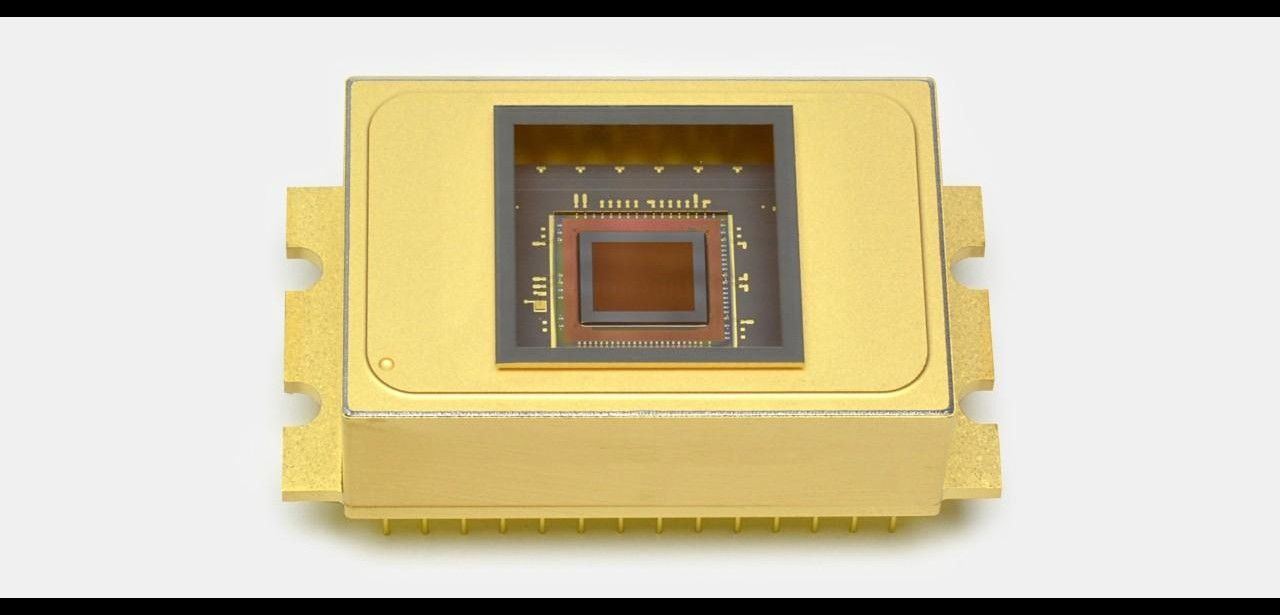Hamamatsu Photonics has developed an innovative near-infrared area image sensor that offers high speed and a wide dynamic range. This sensor, named G16564-0808T, is made from Indium (In), Gallium (Ga), and Arsenic (As). Its unique circuitry allows users to read specific wavelengths of the measurement signal, making it suitable for capturing and measuring objects with varying material composition and size. This sensor has applications in areas such as plastic recycling and quality control of medications and food, including plant-based alternatives.
Table of Contents: What awaits you in this article
Hamamatsu supports food supply and carbon reduction with advanced sensor technology
Hamamatsu Photonics’ development of innovative technologies, such as high-performance image sensors, plays a crucial role in supporting key issues like food supply and carbon emission reduction. These advanced image sensors are vital components in the development of hyperspectral cameras, which enable the efficient sorting of plastics through the capture of individual images.
Hamamatsu Photonics is a leading company in the development and production of specialized image sensors. Their latest innovation is a near-infrared area image sensor that can detect light up to a wavelength of 2.55 μm. This makes it the longest wavelength range available in the market for InGaAs-based area image sensors. With this technology, Hamamatsu is pushing the boundaries of image sensor capabilities and providing solutions for a wide range of applications.
Hamamatsu Photonics has responded to the growing demand for image sensors with various form factors, faster readout speeds, and larger dynamic ranges. By further developing the readout circuit of their image sensor, they have achieved parallel processing of electrical signals, leading to a doubling of the signal readout speed. Additionally, they have introduced a new function that selectively reads signals at specific wavelengths, allowing for even higher speeds. This advancement is particularly beneficial for applications such as plastic recycling, food screening and sorting, fruit moisture detection, and drug analysis.
New signal processing technology enhances dynamic range and unlocks hidden data
The newly developed signal processing technology significantly improves the flow of signals and effectively doubles the dynamic range of the sensor. This advancement allows for the extraction of previously undetectable information from the measurement object, enabling more accurate analysis. In the context of plastic recycling, for instance, the sorting accuracy can be enhanced without compromising throughput. Moreover, the sensor’s versatility extends to various markets and applications, including paper recycling and the detection of damages in concrete and construction materials.
Hamamatsu plans to integrate the sensor into camera modules, expanding applications
Hamamatsu Photonics is planning to develop and manufacture camera modules that integrate this area image sensor. This integration will open up even more applications and possibilities. Additionally, they are also planning to develop other types of area sensors with a wider spectral range of 0.95 to 2.55 μm. This will enable the extraction of more information from the light spectrum, further enhancing the analysis capabilities.
Hamamatsu’s New NIR Area Image Sensor: Enhanced Precision and Efficiency
The development of Hamamatsu’s new near-infrared area image sensor brings numerous advantages. With its high speed and large dynamic range, it enables more precise detection and measurement of objects with varying material composition and size. This is particularly relevant in applications such as plastic recycling and food and drug inspection.
The improved signal processing of the new near-infrared area image sensor allows for the utilization of previously undetectable information, resulting in enhanced analysis accuracy. Furthermore, the planned developments of camera modules and area sensors with a wider spectral range will further expand the possibilities for image processing, contributing to a more sustainable society.














